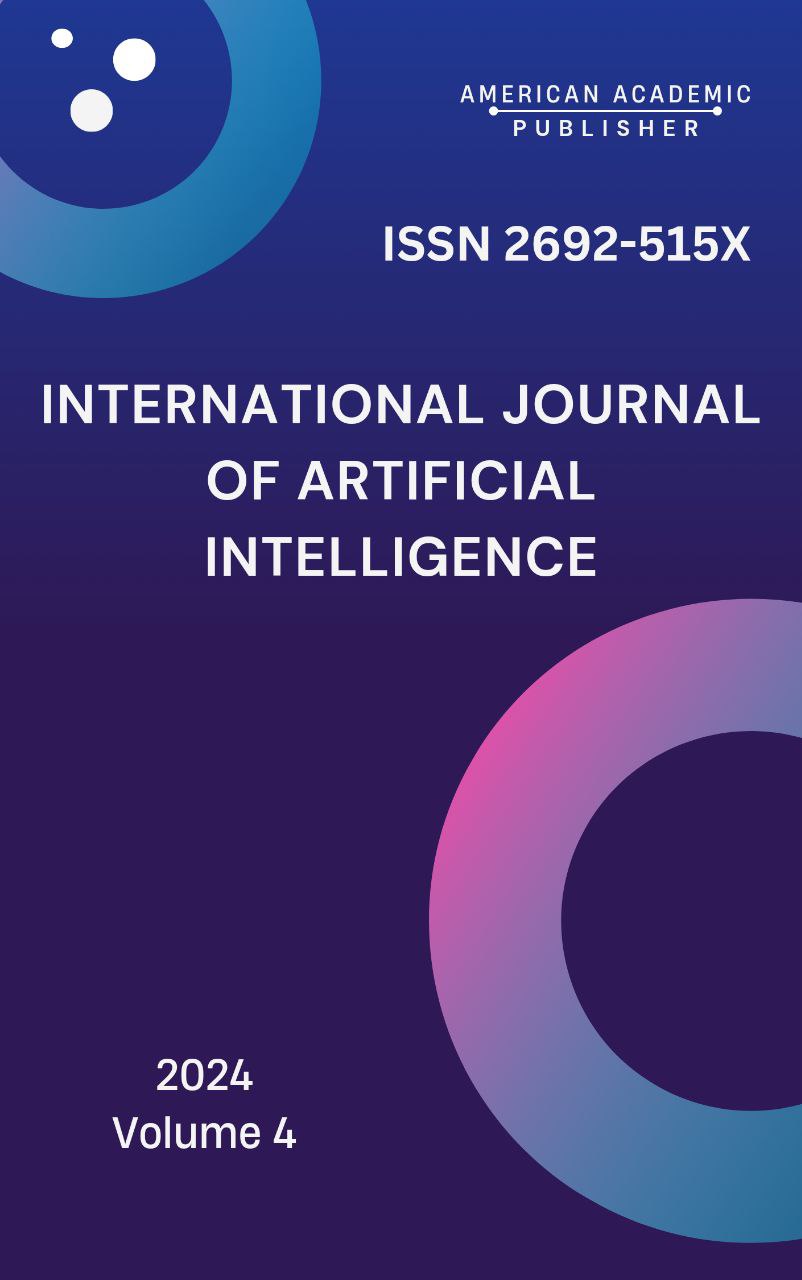 Articles
| Open Access |
Articles
| Open Access | EFFECTIVENESS OF ACTIVE LEARNING AND PROBLEM-BASED LEARNING IN DIVERSE EDUCATIONAL ENVIRONMENTS
Shoxafizova Nodina Akobirovna , Teacher of the National institute of Fine Arts And Design Named after Kamoliddin BekhzodAbstract
In the evolving landscape of education, active learning and problem-based learning (PBL) have gained significant traction as transformative pedagogical methods.
This paper explores the effectiveness of these approaches in various educational settings, emphasizing their role in fostering student engagement, critical thinking,
and problem-solving skills. By integrating these methodologies, educators can better address the diverse needs of learners, promoting both academic achievement
and personal growth.
Keywords
Active learning, Problem-based learning, Educational environments, Student engagement, Critical thinking, Pedagogy.
References
Bonwell, C.C., & Eison, J.A. (1991). Active Learning: Creating Excitement in the Classroom. ASHE-ERIC Higher Education Report.
Barrows, H.S. (1986). A Taxonomy of Problem-Based Learning Methods. Medical Education.
Prince, M. (2004). Does Active Learning Work? A Review of the Research. Journal of Engineering Education.
Article Statistics
Downloads
Copyright License

This work is licensed under a Creative Commons Attribution 4.0 International License.

